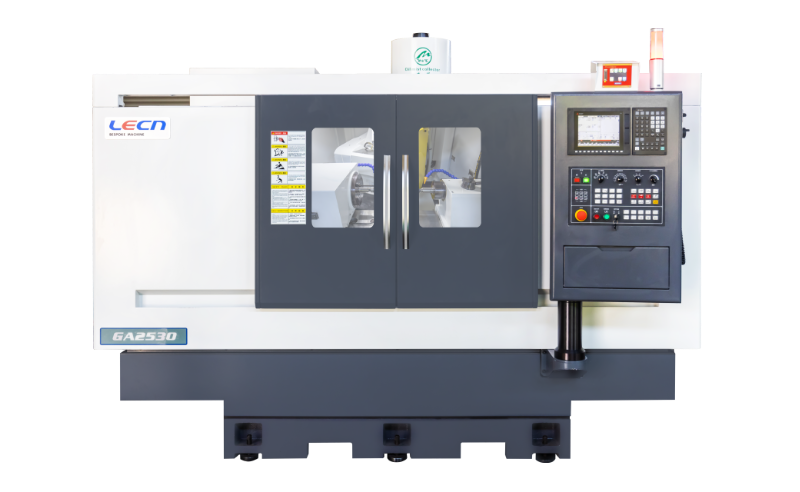Sep. 05, 2025
A cylindrical grinding machine is a precision tool used to grind workpieces into a cylindrical shape. It typically employs an abrasive grinding wheel as the cutting element. This type of machine is primarily used to achieve high surface quality and low roughness, shaping and finishing materials with exceptional precision. Cylindrical grinding is generally a finishing operation, removing only a small amount of material to produce highly accurate components.
Cylindrical grinding machines are among the most widely used grinding tools, particularly for rotationally symmetrical workpieces. They vary according to the clamping method and feed direction of the workpiece. Common types include plunge grinders, swing grinders, centerless plunge grinders, and centerless feed grinders. In external cylindrical grinding, the most typical clamping method is between centers, where the workpiece is driven by a spindle driver and positioned accurately at the front. This article explores cylindrical grinding machines, their advantages, and limitations.

Continuous Operation
CNC cylindrical grinding machines can operate continuously, 24/7, with minimal downtime, similar to other CNC equipment. Maintenance is typically the only reason for temporary shutdowns. Continuous operation ensures that production remains uninterrupted, improving overall workflow efficiency.
High Production Capacity
These machines can handle large volumes of workpieces without affecting precision. Continuous operation allows manufacturers to meet client demands reliably and consistently, making them suitable for mass production environments.
Exceptional Accuracy
CNC cylindrical grinders can be programmed to achieve fine surface finishes and precise cuts. By following the exact parameters in the operating program, these machines deliver consistent, high-quality results. This reduces material waste and ensures that finished components meet strict dimensional and surface quality requirements.
Limited Positional Accuracy in Centerless Grinding
Centerless cylindrical grinders may struggle to maintain relative positional accuracy (such as coaxiality or perpendicularity) between the grinding surface and non-grinding surfaces. Grinding irregular circumferential shapes can result in less precise roundness.
Complex and Time-Consuming Setup
Setting up a cylindrical grinding machine for different workpiece sizes or types can be complicated and time-intensive. Operators must adjust parameters such as wheel height, distance, and feed settings for each new workpiece. Because of this, cylindrical grinders are less suitable for small batch or single-piece production, as setup changes can slow down workflow.
Previous: None
Next: None